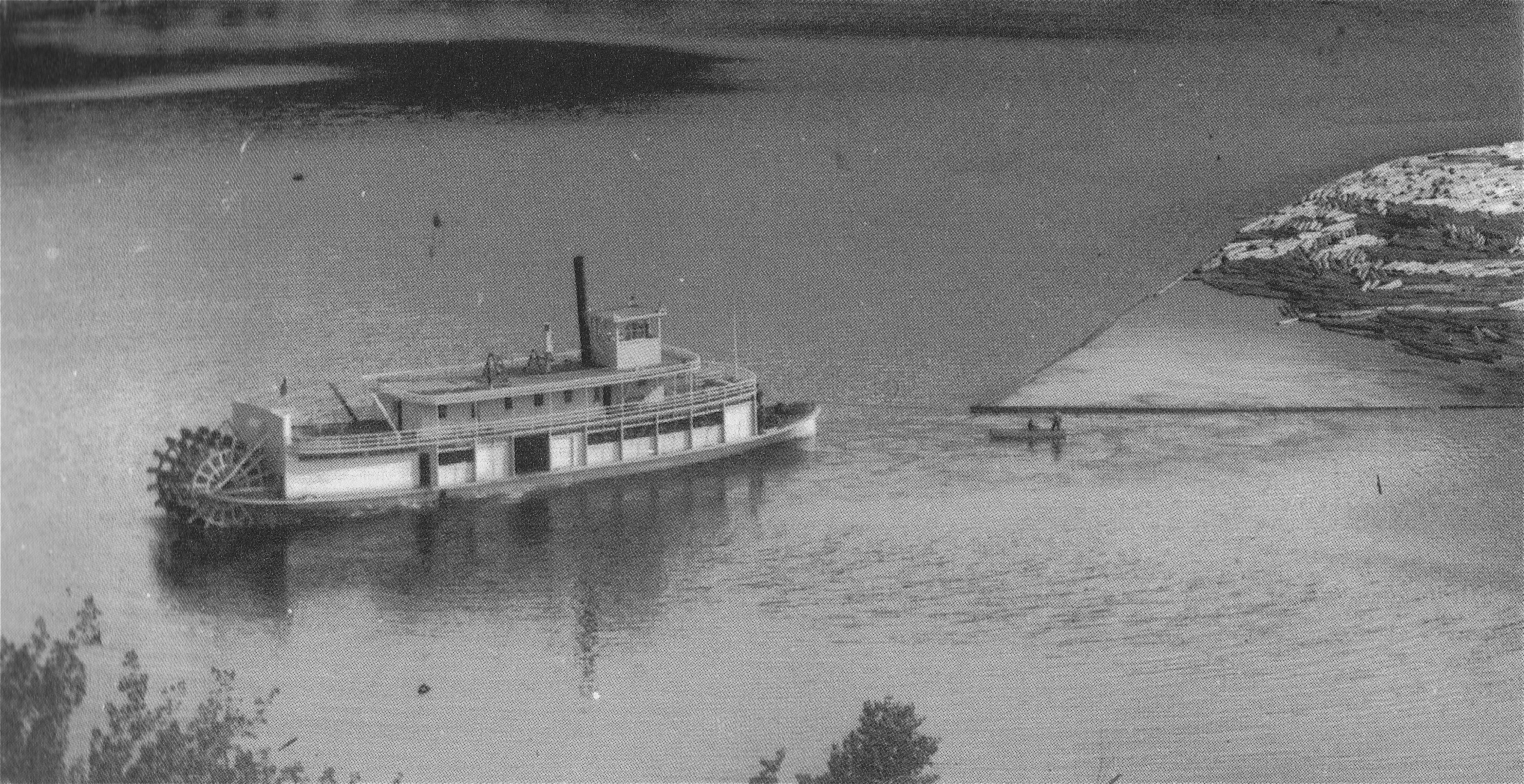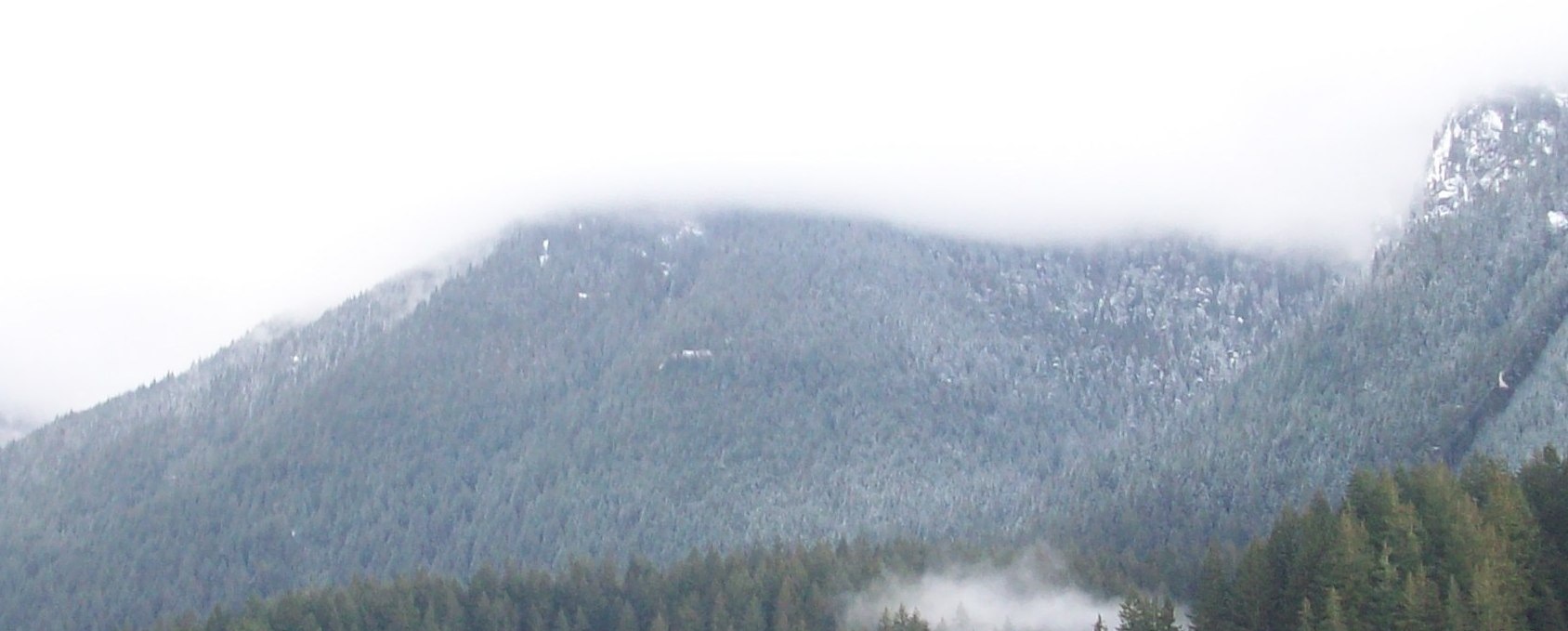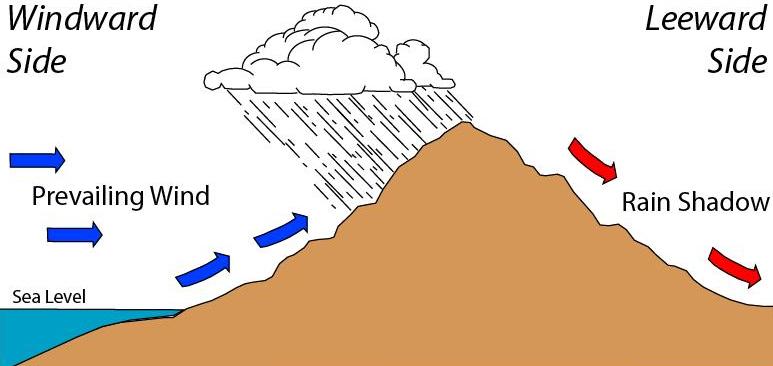|
Thompson Country
Thompson Country, also referred to as The Thompson and sometimes as the Thompson Valley and historically known as the Couteau Country or Couteau District, is a historic geographic region of the British Columbia Interior, Southern Interior of British Columbia, more or less defined by the basin of the Thompson River. This is a tributary of the Fraser River, Fraser; the major city in the area is Kamloops. Origin and usage The term originated among Scots and English in the days of the fur trade, who described Thompson Country as lying between New Caledonia (Canada), New Caledonia to the north and the Columbia District or Oregon Country to the south. Prior to their dominance, French traders referred to this as ''Couteau [knife] Country'' or ''Couteau District''. The Thompson nomenclature is still used today, although not as an official designation. It is often used combination forms, such as the Thompson-Okanagan or Thompson-Nicola Regional District. Weather forecasts and tourism inform ... [...More Info...] [...Related Items...] OR: [Wikipedia] [Google] [Baidu] |
Thompson Canyon
The Thompson River is the largest tributary of the Fraser River, flowing through the south-central portion of British Columbia, Canada. The Thompson River has two main branches, the South Thompson River and the North Thompson River. The river is home to several varieties of Pacific salmon and trout. The area's geological history was heavily influenced by glaciation, and the several large glacial lakes have filled the river valley over the last 12,000 years. Archaeological evidence shows human habitation in the watershed dating back at least 8,300 years. The Thompson was named by Fraser River explorer, Simon Fraser, in honour of his friend, Columbia Basin explorer David Thompson. Recreational use of the river includes whitewater rafting and angling. Geography South Thompson River The South Thompson originates at the outlet of Little Shuswap Lake at the town of Chase and flows approximately southwest through a wide valley to Kamloops where it joins the North Thompson. High ... [...More Info...] [...Related Items...] OR: [Wikipedia] [Google] [Baidu] |
Shuswap Country
The Shuswap Country, or simply the Shuswap (pronounced /ˈʃuːʃwɑːp/) and called Secwepemcúl̓ecw in Secwepemctsín, is a term used in the Canadian province of British Columbia to refer to the environs of Shuswap Lake. The upper reaches of the Shuswap basin, southeast of Shuswap Lake and northeast of the Okanagan, are generally considered to be part of Okanagan or of the Monashee Country rather than "the Shuswap". Roughly defined, the Shuswap Country begins on its west at the town of Chase, British Columbia, Chase, located on Little Shuswap Lake, west of which is the South Thompson area of the Thompson Country, and includes Adams Lake to the northwest of Shuswap Lake as well as communities in the Eagle River (Shuswap), Eagle River area as far as Craigellachie, British Columbia, Craigellachie and/or Three Valley Gap, which is at the summit of Eagle Pass (British Columbia), Eagle Pass, beyond which eastwards is the Columbia Country. Settlements and towns *Chase, British Co ... [...More Info...] [...Related Items...] OR: [Wikipedia] [Google] [Baidu] |
Adams Lake
Adams Lake is a deep, cold-water lake in south-central British Columbia, which separates the Thompson Country, Thompson and Shuswap Country, Shuswap regions and the Thompson–Nicola Regional District, Thompson–Nicola and Columbia–Shuswap Regional District, Columbia–Shuswap regional districts. The upper reaches lie in the northern Monashee Mountains, while the lower end penetrates the Shuswap Highland. The southern end is by road about northeast of Kamloops. Name origin On Archibald MacDonald's 1827 map, the river is called "Choo-chooach". On S. Black's 1835 map, the lake is unnamed. First Nations in Canada, First Nations Chief Sel-howt-kin, who lived on the lakeshore, became a Roman Catholic. When John Nobili, Father Nobli baptized him, he received the name Adam. Chief Adam (sometimes spelled Atahm) was a prominent Secwepemc chief in the mid-nineteenth century. By most accounts, the lake is named after him. Adam died in the 1862 Pacific Northwest smallpox epidemic, which ... [...More Info...] [...Related Items...] OR: [Wikipedia] [Google] [Baidu] |
Shuswap Highland
The Shuswap Highland is a plateau-like hilly area of in British Columbia, Canada Canada is a country in North America. Its Provinces and territories of Canada, ten provinces and three territories extend from the Atlantic Ocean to the Pacific Ocean and northward into the Arctic Ocean, making it the world's List of coun .... It spans the upland area between the Bonaparte and Thompson Plateaus from the area of Mahood Lake, at the southeast corner of the Cariboo Plateau, southeast towards the lower Shuswap River east of Vernon in the Okanagan. The highland is not a unified range, but a combination of small uplands broken up by the valleys of the Clearwater, North Thompson and Adams Rivers and also by the lowlands in the southwest flanking Shuswap Lake. In that area of the valley are the towns of Falkland, Westwold, and Monte Creek along Highway 97. This area also includes the Spa Hills, and the other isolated pockets of hills and mini-plateaus between the Tho ... [...More Info...] [...Related Items...] OR: [Wikipedia] [Google] [Baidu] |
Kamloops Lake
Kamloops Lake in British Columbia, Canada is situated on the Thompson River just west of Kamloops. The lake is 1.6 km wide, 29 km long, and up to 152 m deep. In prehistoric time, the lake was much longer, perhaps 20x, with adjacent silt cliffs defining ancient lake bottoms 100 meters higher than present water levels. At the outlet near Savona, a large tumbled rock, gravel moraine indicates the toe of a glacier once melted away here. The community of Savona, British Columbia, Savona is located at the west end of the lake, near the Thompson River outlet. The city of Kamloops is located a few miles east of the head of the lake, at the confluence of the North Thompson River, North and South Thompson Rivers. The name, Kamloops, derives from a local Indigenous word, Tk’emlúps, meaning a meeting of waters. The lake is bounded on all sides by steep hillsides, with level areas found only near creek deltas and around the inlet. On these hills, fresh, green grass feeds h ... [...More Info...] [...Related Items...] OR: [Wikipedia] [Google] [Baidu] |
Savona, British Columbia
Savona ( ) is an unincorporated community in the Thompson Country region of south central British Columbia. The place is on the western end and south shore of Kamloops Lake, adjacent to the outlet into the Thompson River. On British Columbia Highway 1, BC Highway 1, the locality is by road about east of Cache Creek, British Columbia, Cache Creek and west of Kamloops. The surrounding countryside is semi-arid grasslands and hills, which support cattle ranching. First Nations For thousands of years, First Nations in Canada, First Nations used trails and waterways to travel between hunting, fishing and trading areas. Prior to the 1860s, French was probably more common in parts of the interior than English. Consequently, Boute du Lac (meaning foot of the lake) Indians was the name initially assigned to this indigenous group. Since the Hudson's Bay Brigade Trail crossed the Thompson at Kamloops, these people would have experienced limited exposure to the French-speaking fur trade era. ... [...More Info...] [...Related Items...] OR: [Wikipedia] [Google] [Baidu] |
Cascade Range
The Cascade Range or Cascades is a major mountain range of western North America, extending from southern British Columbia through Washington (state), Washington and Oregon to Northern California. It includes both non-volcanic mountains, such as many of those in the North Cascades, and the notable volcanoes known as the High Cascades. The small part of the range in British Columbia is referred to as the Canadian Cascades or, locally, as the Cascade Mountains. The highest peak in the range is Mount Rainier in Washington at . part of the Pacific Ocean's Ring of Fire, the ring of volcanoes and associated mountains around the Pacific Ocean. All of the eruptions in the contiguous United States over the last 200 years have been from the Cascade Volcanoes. The two most recent were Lassen Peak from 1914 to 1921 and a 1980 eruption of Mount St. Helens, major eruption of Mount St. Helens in 1980. Minor eruptions of Mount St. Helens have also occurred since, most recently from 2004 to 2008. ... [...More Info...] [...Related Items...] OR: [Wikipedia] [Google] [Baidu] |
Coast Mountains
The Coast Mountains () are a major mountain range in the Pacific Coast Ranges of western North America, extending from southwestern Yukon through the Alaska Panhandle and virtually all of the British Columbia Coast, Coast of British Columbia south to the Fraser River. The mountain range's name derives from its proximity to the sea coast, and it is often referred to as the Coast Range. The range includes volcanic and non-volcanic mountains and the extensive ice fields of the Pacific Ranges, Pacific and Boundary Ranges, and the northern end of the volcano, volcanic system known as the Cascade Volcanoes. The Coast Mountains are part of a larger mountain system called the Pacific Coast Ranges or the Pacific Mountain System, which includes the Cascade Range, the Insular Mountains, the Olympic Mountains, the Oregon Coast Range, the California Coast Ranges, the Saint Elias Mountains and the Chugach Mountains. The Coast Mountains are also part of the American Cordilleraa Spanish term for ... [...More Info...] [...Related Items...] OR: [Wikipedia] [Google] [Baidu] |
Rainshadow
A rain shadow is an area of significantly reduced rainfall behind a mountainous region, on the side facing away from prevailing winds, known as its leeward side. Evaporated moisture from bodies of water (such as oceans and large lakes) is carried by the prevailing onshore breezes towards the drier and hotter inland areas. When encountering elevated landforms, the moist air is driven upslope towards the peak, where it expands, cools, and its moisture condenses and starts to precipitate. If the landforms are tall and wide enough, most of the humidity will be lost to precipitation over the windward side (also known as the ''rainward'' side) before ever making it past the top. As the air descends the leeward side of the landforms, it is compressed and heated, producing Foehn winds that ''absorb'' moisture downslope and cast a broad "shadow" of dry climate region behind the mountain crests. This climate typically takes the form of shrub–steppe, xeric shrublands, or deserts. ... [...More Info...] [...Related Items...] OR: [Wikipedia] [Google] [Baidu] |
Thompson Plateau
The Thompson Plateau forms the southern portion of the Interior Plateau of British Columbia, Canada, lying to the west of Okanagan Lake, south of the Thompson River and east of (although never adjoining it) the Fraser River. At its most southern point the plateau is squeezed by the mountainous terrain of the Cascade Range abutting closer to the Okanagan Valley. Its southwestern edge abuts the Canadian Cascades portion of that extensive range, more or less following the line of the Similkameen River, its tributary the Tulameen River, and a series of passes from the area of Tulameen, British Columbia to the confluence of the Thompson River with the Nicoamen River, a few kilometres (miles) east of Lytton, British Columbia, which is in the Fraser Canyon. Its northeastern edge runs approximately from the city of Vernon, British Columbia through the valley of Monte Creek to the junction of the same name just east of the city of Kamloops. Northeast of that line is the Shuswap Highl ... [...More Info...] [...Related Items...] OR: [Wikipedia] [Google] [Baidu] |
Bonaparte Plateau
The Bonaparte Plateau, in British Columbia, Canada, is a sub-plateau of the Thompson Plateau which extends to the Quesnel River and lies between the Cariboo Mountains on the east and the Fraser River on the west. The Thompson Plateau is itself a sub-plateau of the larger Fraser Plateau. Etymology The name of the plateau comes from a chief of the Shuswap people who adopted the name Bonaparte in emulation of Napoleon Bonaparte, who for some reason was popular among the First Nations of British Columbia, apparently for his reputation as a chieftain and warrior. Geography The Bonaparte Plateau lies between the Bonaparte River on the north and west, and the Thompson River on the east and south; on its northern edge is Bonaparte Lake, the largest in the locality and at the head of the Bonaparte River, near the edge of the plateau above the Thompson. Other streams draining the plateau is the Deadman River, in fur trade times known by its French name, ''Rivière Defunté'', ... [...More Info...] [...Related Items...] OR: [Wikipedia] [Google] [Baidu] |





